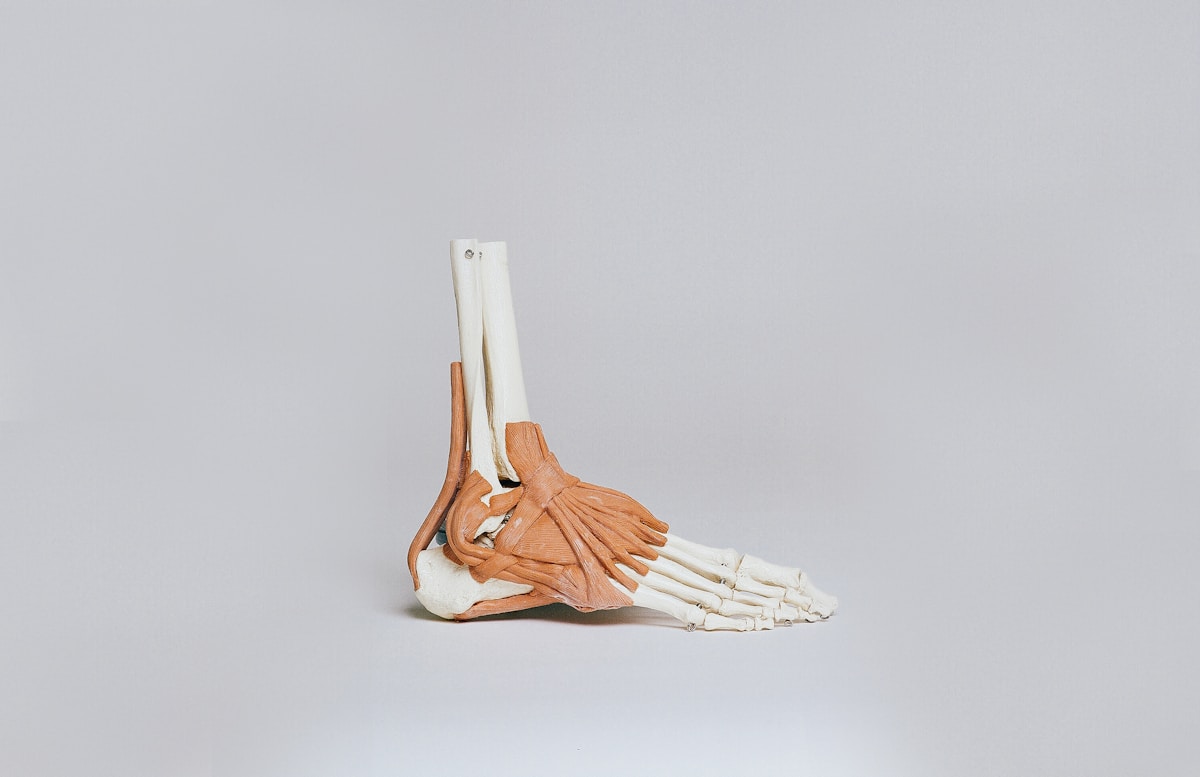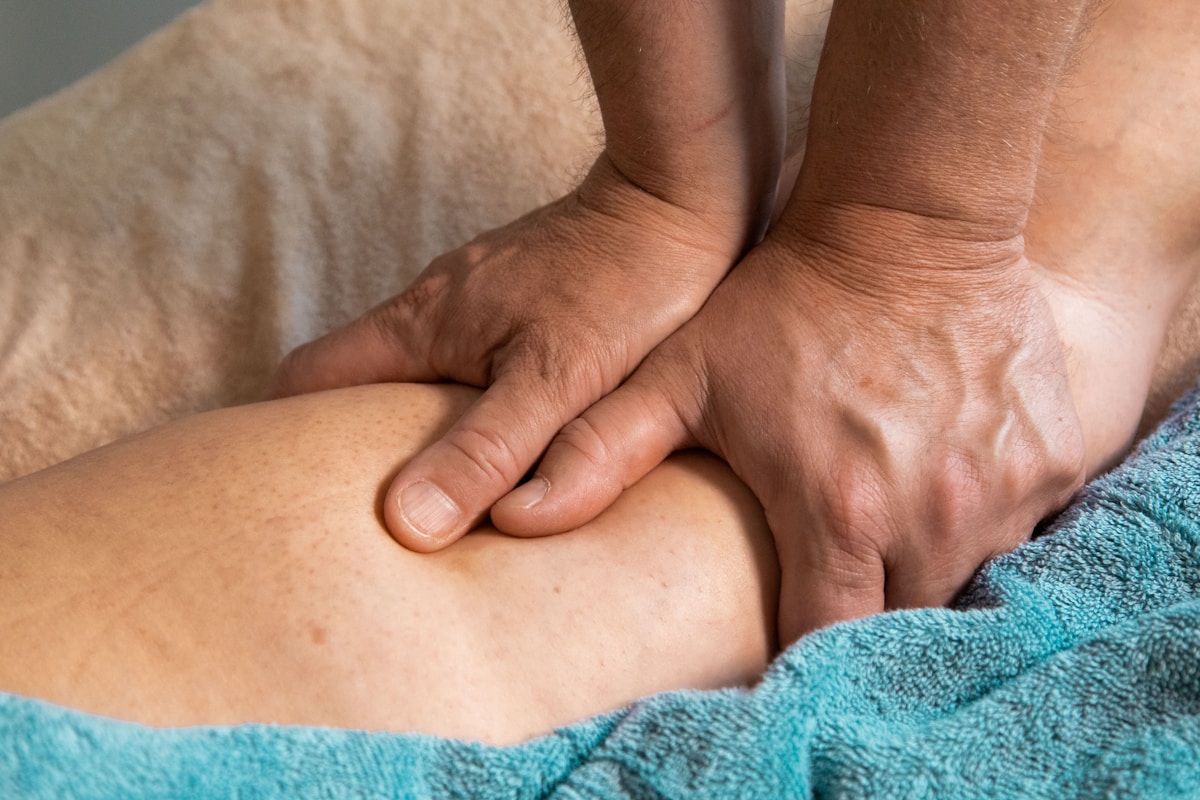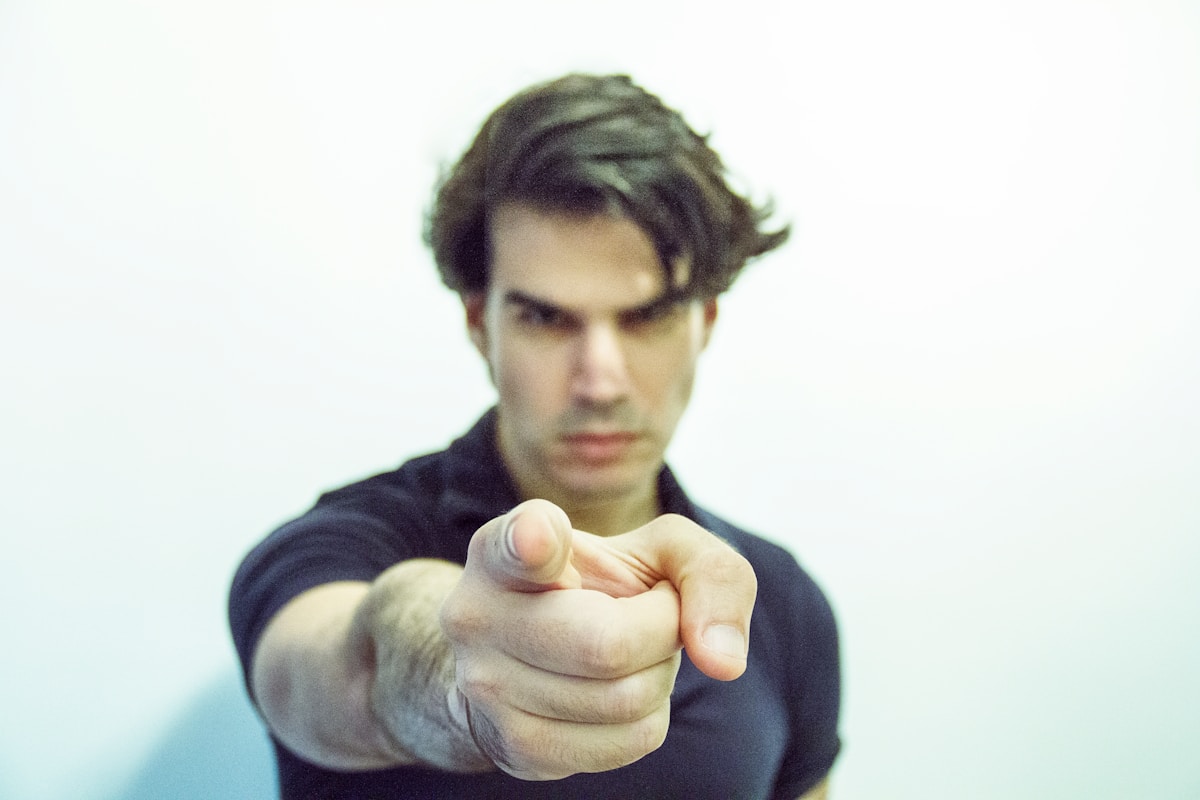First-hand account of some anomalies to widely-accepted industry myths
WARNING: GRAPHIC CONTENT
I have had a rather large number of injuries – and inflicted some, both in training and in daily-life – over the years. As there are a rather monstrously-large body of misnomers out there regarding how much – or how little, as it were – bodily-punishment the human-body and spirit can handle, I thought I would at least open the discussion with my own personal experience and the aftermath. And note, this is just based on my particular experience so feel free to disagree.
1. “A poke to the eyes will render him blind and unable to defend himself.” Well, I have had varying levels of things in my eyes over the years with varying results. A thrust with a plastic-knife deep into my left-eye rendered me on the ground covering with both hands. A tip-hit with a bokken left me almost unconscious upon impact from shock and cerebral shut-down, then sent me to the hospital with first zero vision in my left-eye, gradually blurred with eye-patch, and then “tracers” – a cognitive lagging to focus on moving objects for weeks, if not months. I still get it randomly to this day. So “impact” on the eye, yes, I can concede that fully. Gouges, rakes, close-range pokes from thumbs and fingers, less so. Digits can penetrate pretty deep into the eye-socket before there´s shut-down, will to fight subsides, and a counter-prevention (whether instinctive/evolutionary or intentional away) is applied with no immediate or sudden pain or damage.
2. “A broken nose will leave him with blindingly-watering eyes and the rather vast blood-flow that follows causes shock, ending the fight.” Nope. Had my nose broken on 3 separate occasions in training and, while the watering-eyes are true, they are hardly preventive-enough to completely take away vision, prevent counter-measures, or stop fighting-spirit. The blood, remember, can have varying effects on varying people. Blood can be a horror or a driving-motivator that sets of greater-intensity and will to punish. As these were training-partners, that fortunately didn´t happen but in one instance of sparring with a competitive kickboxer and RCMP-member, we continued for another 15 minutes of boxing prior to the blood becoming a safety, footing, and mess issue. Never in the 3 did I stop fighting, was hugely-impaired with any senses, or think it was a fight-stopper.

3. “Deep gashes and to-the-bone cuts are immediate fight-enders.” In my (more) stupid days, we used to put on old hockey-helmets, hockey-gloves and nothing else and do full-contact boxing. I was punched by a 230-pound judo-player so hard the cage on my helmet pinched (I think viced might be a better word) the skin on my jaw so deep that it went to the bone. I could see my own jaw-bone in the mirror and there was a flap of skin hanging loose. I didn´t at all notice at first and continued engagement. It was only after another 30-60 seconds or so that a third-party noticed and called for a halt to the action. There was zero pain. Zero. No acknowledgement of disfigurement. No huge volume of blood that seeped out, likely due to the momentary adrenaline. I went willingly to the hospital to get stitches, not because of awe and horror, but because I knew after it healed, if I didn´t have stitches it would likely be a very noticeable, pronounced, and ugly scar.
4. “Heavy ankle shots can discontinue fight-ability.” Yeah, I can vouch for this one. I blew out my ankle once during a knife-sparring session. It popped. And I writhed. Prone and vulnerable. Again went to the hospital and limped-along for a week before I was hobbling, but back training and teaching the following weekend. So, recovery was much quicker than anticipated but zero question that had that been a real-scenario, my survivability-quotient would´ve gone down to nil were there an intent-filled opponent. I also left an achilles-lock on too long on a tough security-guard here that was hellbent on fighting out of it and it ripped a number of tendons in and around the ankle. He was off for days and limited in capacity for weeks, he admitted fault but it shouldn´t have happened and I was the more experienced, but as I´ve discussed in previous blogs, the landscape for testing and ground-proving is different here. He did nothing but grip the ankle for 10 minutes on the floor and this was a gent with a history of violence back home.

5. “Broken bones are fight-enders.” Well, this is one is a little more complicated. Which bones? What kind of break? Clean? Large or small? To me, this is the “real” meaning of a bio-mechanical stoppage, not muscles, tendons, ligaments, and other surgical targeting. Impact-breaks. Fingers I have fought through, though gripping, maneuverability, and transitions becomes exorbitantly more difficult. I have also broken some fingers and a thumb. I have watched them be momentarily popped back into place and training continued. I have seen one where system-shock hit and the fighter was down for a few moments until he re-gathered himself, popped his own digit back in-place, and finished the day of training. I have seen wrists popped and sprained and, while movement was limited, training continued. I have also blown-out the knees/legs of 2 others´ years ago and it was a horrific pop, to be clear. Not a sound one likes to hear too often in life and they were done “for the day.” No movement, no footwork, no agility, no base – no fight.
One was from a hip-throw where the knee stayed where it was, planted. One was from a knee-lock where the lad refused to tap and thought he could tolerate it and knew the limits of functional-pliability. He was wrong and I should´ve known better but here we are. Broken leg, blown-out knee – done, has been my experience. You´re out. I also had to re-set a security guard´s separated-shoulder that came-undone during a sparring session mid-workshop. While he screamed in pain and winced for minutes, after re-setting he was good-to-go and admitted he had a chronic problem. But painful? You bet. A fight-ender? Maybe, maybe.

6. “The face and top-of-the-head are very vascular – attack those.” Yeah and no. See above. Some people see their own blood and snap, pushing the aggression-envelope way the hell up from previous. Some fold and go into shock. Some gradually build panic as the blood flows and they get concerned about accumulated blood-loss and onsetting weakness. I have had a bad cut from a jacket on the top of my head. I bled like a stuffed-pig, had it flow into my eyes, but had every intention of continuing until my surgeon-student told me we needed to patch it up and get stitches or scarring, again, would be rather unsightly. I was joking and chatting while the stitches were being put-in, however. No harm, no foul. I´ve also received a deep facial-gash from a hockey-stick spear that caused momentary pause and pain-acceptance before continuing. One also gets accustomed to the smell of blood, which can be very powerful for the uninitiated, an element often neglected to be mentioned. Coupled with the sight of blood-flow, the smell can make one nauseous, dizzy, or faint.
7. “Stomping on the toes can shut-down folk.” They hurt awfully, make no mistake. Getting your toes stomped hard is more than just “a little pain to work through”, it is brutally and instantaneously painful. Is it fight-stopping? Circumstantial. If a momentary advantage is on the docket, it may just give you enough to add levels of pain and created more immediate damage. If it´s your go-to, remember that there are some who, the second their system acclimatizes to the pain, they adapt and move-on. If you´re pausing and hoping that´s the be-all-end-all of the thing, you might be in for a rude-awakening. Remember too how close you have to be to another determined, intentioned human-being to pull this off…

8. “Hit him with a stick, he´ll wilt.” Again, circumstantial with intangibles but, doing full-contact stick-fighting, we have noticed again and again that it´s amazing how much impact-trauma one can endure in the moment. Later on that evening you may have some pretty awful hematomas/bruising, welts, and some ugly skin-patches but I have both myself and seen others take full rattan shots to the arm, side-of-the-leg, top-of-the-hand, even collarbone and continue fighting until battle-day was through. I have, on the contrary, hit a 300-pounder so hard that it cracked and broke the hockey-helmet and left an indent on the side of his cheekbone, admitting it likely would have killed him if not for that shattered-helmet.
But adrenaline is a funny thing and, remember, the adrenaline you feel in regular class-time is NOT the same as it is when fighting, playing, sparring, dueling, etc. Heightened circumstances? Heightened pain-tolerance and pain-threshold. Some people just feel “pain” on another level. I have always been fortunate to be one of those, it is mental and all in your head. You can choose to feel the full-brunt of what medical-books tell you to feel – or you can act of your own volition and dictate yourself what level you´ll decide to feel. At the end, what is the stick made of, how big and heavy, who´s wielding it, is he or she prepped for impact? If heavy-enough to “defang the snake” by breaking an arm entirely – digressing.
9. “Pop his ears, you´ll blow his eardrums and the excruciating pain that will immediately follow will be a fight-ender.” Not in my experience. I have had my eardrums popped. They have bothered me for days, likely rupturing my eardrum, causing sleepless nights, sharp and random pain on a moment´s notice for days – but did NOT do much in the moment. Certainly not stop me. Now, note that that was my experience, a full-blow with cupped-hands from a very powerful man may have different results and I am open to standing corrected, as I am on any of these (note again these are my experiences only and results may vary) but I wasn´t deterred from the task at-hand.
I have had a former training-partner tell me he was at a bar and confronted by a drunk patron when he just wanted a beer and didn´t want to fight. He told me he “double-tapped” both ears, blowing-out both of his eardrums and dropping him to the floor while he made his way out of the bar. Anecdotal as well, but another side to ponder if true.

10. Concussions. I´ve had two and I suffered for days from “brain-fog”, slow-comprehension issues, dizziness, and balance issues. However, in the moment, it didn´t stop me from either motion or from continuing fighting as they were 2 different circumstances, one in daily-life, one in sparring. As people with resilience continue to fight through heavy shots to the head, fluctuating coherence from impact, and revert to “auto-pilot” for survival (covering, clinching, arm-wraps/traps/hooks) before (at least) temporary “recovery”, it´s possible to continue on taking note results may vary from the grade of concussion. Mine were generally considered on the lighter side.
11. You want to know one injury that is simply not “workable?” A serious back injury. I had a bad car-accident years and years ago where I was rear-ended. No immediate repercussions due to the shock and adrenaline BUT as the days went on, I could barely walk. It was utterly-incapacitating. No movement, no footwork, no power-generation, no body-control. So, while it was not training-related, it affected 100% my training for months. 3-4, to be exact. So, if in the midst of a violent-confrontation where things can and do happen in the midst, a back-injury mid-chaos can absolutely render you immediately disadvantaged in a big, big way. As we age, these types of injuries become more-and-more a possibility and violent confrontations exponentially increase the very real issue of these occurring, thus the “avoiding violence at all costs” maxim.
*Learning to “up” your pain-tolerance and pain-threshold, learning to function with bio-mechanical damage, overcoming strong sights and smells, dealing with adversity, learning how to circumvent-avoid-mitigate-evade these above elements through movement, footwork, body-contortion, covers, counter-intuitive body-jerks, and the like becomes an imperative skill, yet another often neglected by artists and stylists. If you “play” you start to learn that this aspect of in-fight micro-movements is a fantastic learning-tool to replicate real-response based on natural body-movement.
Some others, of note:
a. Appendage-tearing. Could be bad but people generally respond fast-enough and non-consciously enough that the time needed is rendered moot. I would say “no” on the fight-ending aspect.
b. Biting. Can be very uncomfortable, hurt immensely, but it´s temporary, the gore and shock are worse than the thing itself, and you can´t bite forever. I´ve seen people fight through it time and again. If anything, it can send a message of ferality for the feint-hearted that aren´t committed to seeing the whole thing through. Some it can make more mad.
c. Pressure-points. To hit? Sure. To press? Transitionary if temporary to move a body to a better position or to something more damaging, useless if it´s your big-finisher. I don´t even think Dillman is real, let alone his pressure-point theories. If you consider liver, mid-to-back part of jaw, temple, side-of-knee, chin/button, occipital lobe (where the brain-stem/spine meet at the back-of-the-head) as impact pressure-points, I digress. I´m with you.
d. Skin-grapples/pinching/skin-twisting. Annoyingly-discomforting but nothing anyone worth his/her salt can´t handle. Nope.
e. Finger-breaks. See above under bone-breaks. As a fight-ender alone on 100% reliance, I tend to disagree – quite profusely.

Remember that will, intensity, dedication, mission-statement, intent, mindset, nature, internal-rage, positive-adrenaline, are amazing motivators and they very (very) often tend to supersede what a medical-anatomy book will tell you. And people can move “away from pain and suffering” or “towards doing damage” but both are drivers of immense belief behind them. So all this “bleed-out times”, “pounds-of-pressure-per-square-inch”, “vital-point targeting”, “surgical-cutting”, “bio-mechanical attacking” talk can all be potentially lumped in the “theory” pile on a bad day (yours). Remember that.
Regarding knife-attacks, I´m attaching this invaluable, researched, and medically-viable article from 2002 by Darren Laur, as I find it as equally-invaluable in the modern-day as it was 20 years ago when put out for accurate and legit information, noting the above paragraph. I have also sent this article to nurses, doctors, and other top medical professionals I know personally and have and do engage with for verification, and they have universally concurred with the base-idea and backing-knowledge.
Surviving an Edged Weapon Attack
